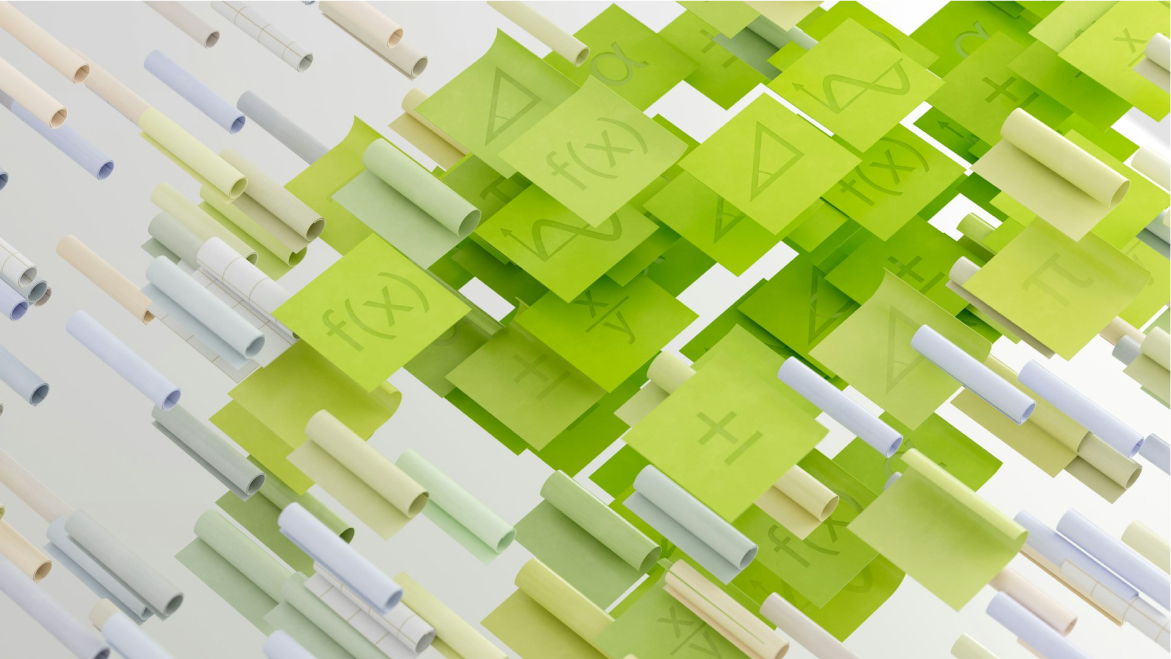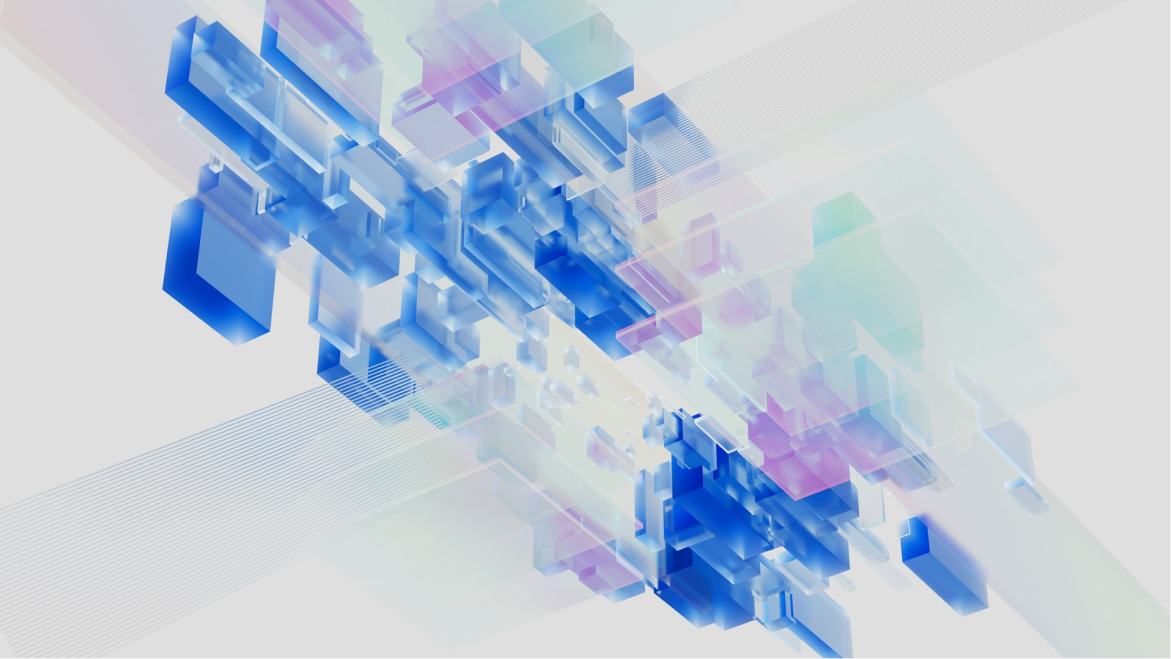Home
Welcome to The Graph Community Forum
New Articles
 The Graph: Revolutionizing Data Access in the Blockchain WorldArticleNov 11, 2024
The Graph: Revolutionizing Data Access in the Blockchain WorldArticleNov 11, 2024The Graph: Revolutionizing Data Access in the Blockchain World In the evolving landscape of blockchain technology, the ability to efficiently access and utilize on-chain data is essential for the success of decentralized applications (dApps). Traditional methods of querying blockchain data can be slow and cumbersome, often resulting in poor user experiences and increased development time. Enter The Graph, a decentralized indexing protocol that offers a solution to these challenges, transforming how developers access and utilize blockchain data. What is The Graph? The Graph is a decentralized protocol designed to index and query data from blockchains, primarily Ethereum and IPFS (InterPlanetary File System). It enables developers to build efficient and scalable applications by making on-chain data easily accessible. The Graph achieves this through the use of “subgraphs,” which are a specific method for defining how to index data from the blockchain. Key Features of The Graph Decentralized Indexing: The Graph allows anyone to collect data from blockchains and serve that data through APIs, ensuring that the system is resilient and decentralized. This means that developers do not have to rely on a centralized server for data access. Subgraphs: Developers can create and publish subgraphs, which are open APIs that define how to extract data from the blockchain. These subgraphs can be utilized to retrieve specific datasets, such as token transactions, user statistics, and more, without needing to understand the underlying complexities of the blockchain. Efficient Queries: By using GraphQL, a powerful query language, developers can access the data they need through straightforward queries. GraphQL allows developers to request only the data they require, making the data retrieval process more efficient than traditional REST APIs. Community-driven: The Graph is built by a community of developers, and its ecosystem promotes collaboration and knowledge sharing. Developers can contribute to subgraphs, enhancing the overall utility and reliability of the data available on the platform. Interoperability: The protocol is designed to work across multiple blockchains, making it a versatile tool for developers who want to create applications that can interact with various ecosystems. Use Cases and Applications The Graph has become a fundamental component for many dApps in various sectors, including: DeFi (Decentralized Finance)**: Many DeFi projects use The Graph to track user analytics, token transactions, and liquidity pools, enabling them to provide better services and insights to users. NFTs (Non-Fungible Tokens)**: Platforms dealing with NFTs utilize The Graph to access data related to NFT ownership, trading history, and other essential metrics. DAOs (Decentralized Autonomous Organizations)**: DAOs leverage The Graph for governance tracking, proposal management, and community engagement metrics. The Future of The Graph As blockchain technology continues to grow, so does the need for efficient data access solutions. The Graph’s ability to index and query data from various blockchains puts it in a prime position to play a pivotal role in the future of dApp development. Its recently launched layer-2 solution, which aims to enhance speed and reduce costs further, is indicative of its commitment to improving the developer experience. Moreover, The Graph’s approach to decentralization ensures that users and developers maintain control over their data, fostering trust and reliability in the ecosystem. With increasing adoption of blockchain technology, tools like The Graph will be essential for unlocking the full potential of decentralized platforms and facilitating the next wave of blockchain innovations. Conclusion The Graph is not just a tool; it’s an essential framework for the decentralized web. By simplifying the way developers access on-chain data, it empowers them to focus on building amazing applications rather than grappling with the complexities of data querying. As the blockchain ecosystem continues to expand, The Graph stands out as a transformative technology that promises to yield significant advancements in the way we interact with decentralized networks. Whether you're a developer looking to enhance your dApp or a user interested in the underlying tech, understanding The Graph’s capabilities is vital for navigating the future of blockchain.
0 How can I migrate my delegated GRT to L2?ArticleNov 06, 2024
How can I migrate my delegated GRT to L2?ArticleNov 06, 2024I wanted to share a helpful resource specifically addressing the process of transferring existing delegations from Layer 1 to Layer 2. You can refer to The Graph's documentation on L2 transfer tools for step-by-step guidance on how to move your delegation. The resource provides detailed instructions on transferring delegations to Arbitrum and can be accessed here. I hope this resource assists you in successfully transferring your delegation to L2. If you have any further questions or need additional assistance, feel free to reach out.
1 How to Transfer Indexer to L2??ArticleNov 06, 2024
How to Transfer Indexer to L2??ArticleNov 06, 2024When transferring your indexer self stake from Ethereum to Arbitrum using the specified transfer tools, it's not necessary to unstake or go through a waiting period. This process bypasses the traditional 28-day undelegation period, facilitating a smoother transition to Layer 2 (L2). For detailed steps and guidance, it's best to consult the official documentation directly: The Graph Docs on Arbitrum L2 Transfer Tools.
2
Posts
42- DiscussionNov 27, 2024
test content just for test nothing more than test and only test
test content just for test nothing more than test and only test
- The Graph
01 - DiscussionNov 27, 2024
test content just for test nothing more than test and only test
test content just for test nothing more than test and only test
- The Graph
01 - DiscussionNov 27, 2024
test content just for test nothing more than test and only test
test content just for test nothing more than test and only test
- The Graph
00 - DiscussionNov 27, 2024
test content just for test nothing more than test and only test
test content just for test nothing more than test and only test
- The Graph
00 - DiscussionNov 27, 2024
test content just for test nothing more than test and only test
test content just for test nothing more than test and only test
- The Graph
00 - DiscussionNov 27, 2024
test content just for test nothing more than test and only test
test content just for test nothing more than test and only test
- The Graph
00 - DiscussionNov 27, 2024
test content just for test nothing more than test and only test
test content just for test nothing more than test and only test
- The Graph
00 - DiscussionNov 27, 2024
test content just for test nothing more than test and only test
test content just for test nothing more than test and only test
- The Graph
00 - DiscussionNov 27, 2024
test content just for test nothing more than test and only test
test content just for test nothing more than test and only test
- The Graph
00 - DiscussionNov 27, 2024
test content just for test nothing more than test and only test
test content just for test nothing more than test and only test
- The Graph
00
- 58
- 55
- 53
- 16
- 12
- 12
- 12
- 10
- 10
- 10
- The Graph
- Delegators
- Query
- Indexers
- GRT
- Allocation
- Graph Node
- Subgraph
- GraphQL